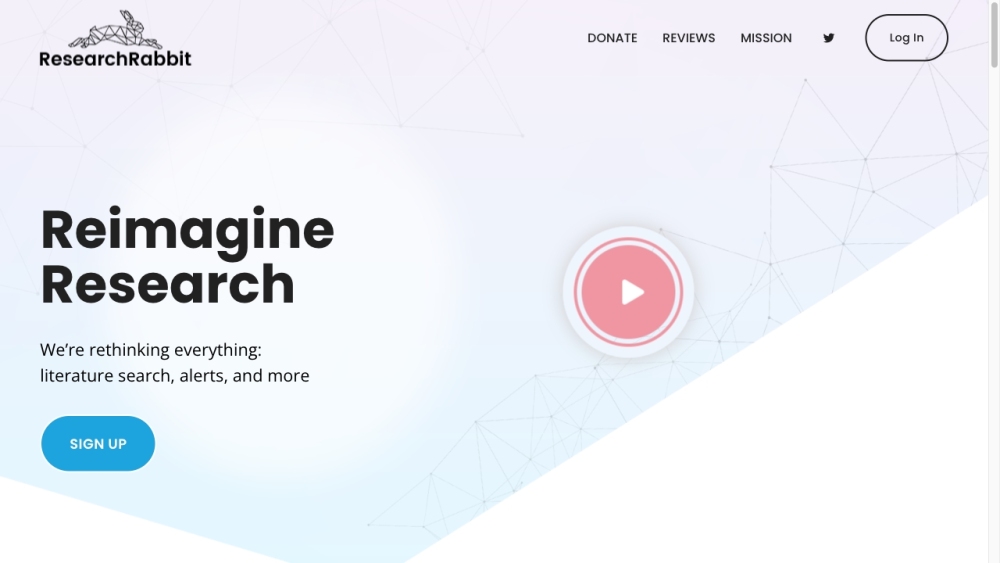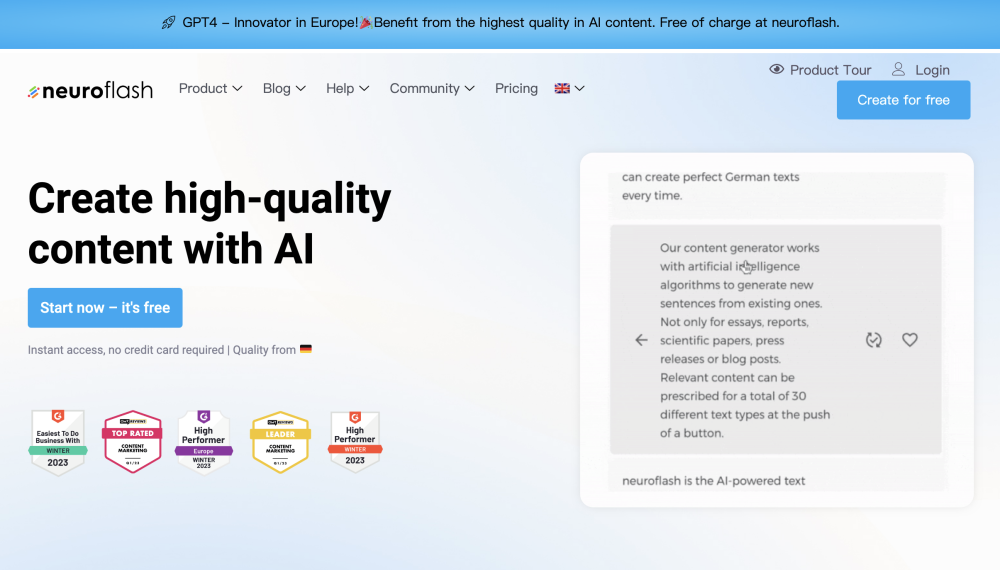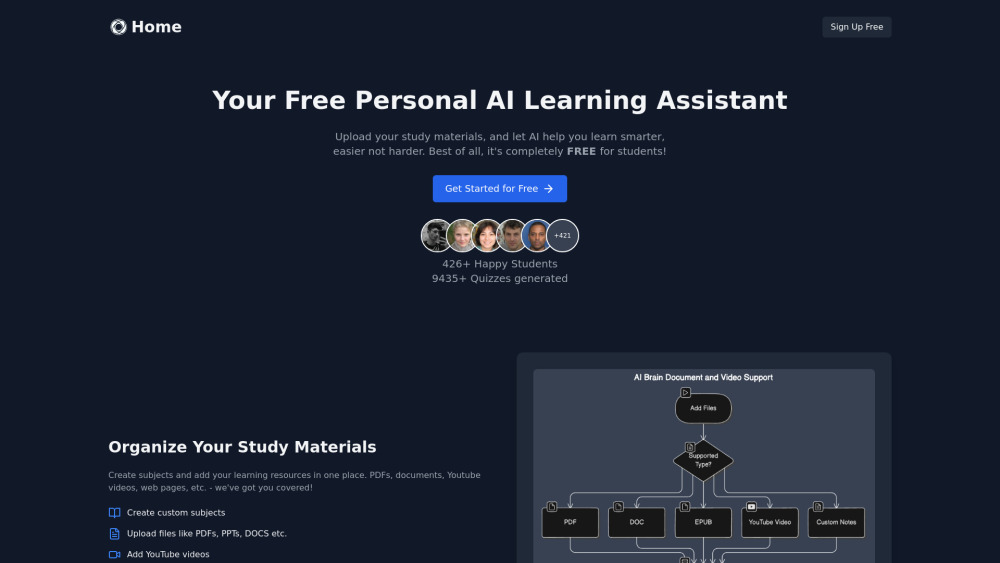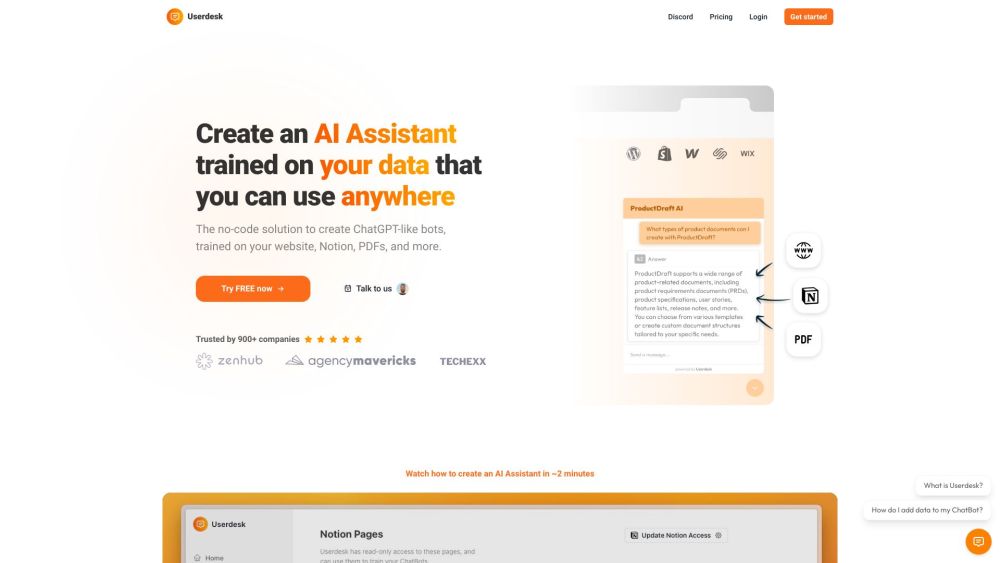Is This What AI Hardware Should Look Like?
That’s the question that has been on my mind since earlier this month when I saw Cristóbal Valenzuela, CEO of the generative AI video startup Runway ML, post a video of the “1stAI Machine” on his X account.
Valenzuela described it as “the first physical device for video editing generated by AI,” stating, “We anticipate that the quality of videos will soon match that of photos. At that point, anyone will be able to create movies without needing a camera, lights, or actors; they will simply interact with the AIs. A tool like 1stAI Machine anticipates that moment by exploring tangible interfaces that enhance creativity.”
The video showcased an angular, matte silver device — the so-called “first AI editing board.” With physical dials and knobs for controlling various input styles, it was notably larger than the average laptop.
As a journalist covering AI tools in creativity and media production, I was intrigued. Was Runway, which had previously focused exclusively on web-based software, venturing into hardware? If so, what was the price point, shipping timeline, and intended target audience?
Emergence of AI Hardware
Last week, another AI hardware device, the Ai Pin from Humane, launched to mixed reviews, mostly about its $699 price tag and $24 monthly subscription. This magnetic pin, designed by former Apple engineers, acts as a life assistant, powered by OpenAI’s GPT-4 model, and even made Time Magazine’s list of 200 Best Inventions of 2023.
The advent of AI hardware is evident. So where does the 1stAI Machine fit in, who developed it, and what inspired its creation?
The Vision Behind the Machine
Valenzuela credited "SpecialGuestX for 1stAveMachine" in his post. I reached out to Valenzuela, SpecialGuestX (SGX), and 1stAveMachine last week. Miguel Espada, co-founder of SGX, responded, stating their agency explores new narratives around data, automation, and AI.
Espada confirmed that his small team in Madrid created the 1stAI Machine. We arranged a hands-on demo at the Brooklyn offices of 1stAveMachine, a collective of creatives working with major brands.
Espada’s experience with AI in artistic endeavors is extensive; he was an early member of the Disco Diffusion community, which later evolved into the Stable Diffusion AI model. His agency previously adapted Stable Diffusion to generate personalized AI video vignettes for Carvana’s customers.
Availability of the 1stAI Machine
Don’t get excited about acquiring a 1stAI Machine just yet. Espada clarified that it is currently a one-of-a-kind prototype. “There aren’t plans for selling it, but we have hardware products on the roadmap,” he noted.
The 1stAI Machine originated from a client pitch in the automotive sector, aimed at converting storyboards for a new car model into generative video using Runway’s Gen-2 software. Although the client didn’t pursue the idea, Espada and his team decided to build a generative AI video editing board as a proof of concept, independent of Runway’s involvement.
Espada emphasized, “It’s powered by Runway, but it’s not a Runway product. Its CEO, Cristóbal Valenzuela, reshared it because he found it interesting.”
How It Operates
During the demo at 1stAveMachine’s Brooklyn office, the 1stAI Machine stood out as an impressive prototype, boasting a sleek matte aluminum chassis and satisfying controls reminiscent of vintage audio equipment.
The machine features eight displays: one full-color LCD for the final video, six smaller screens for storyboards, and a status strip showing operation messages like “playing” or “generating.” Users follow a numbered workflow: 1. Story, 2. Style, 3. Music, with the fourth section reserved for audio output.
Currently, the device uses around a dozen iconic film storyboards, including Pulp Fiction, E.T., Titanic, The Godfather, and Star Wars. Users can select six storyboards to form the basis of a 30-second video, with transformations applied by Gen-2 AI.
Espada presented a striking demo that transformed a scene from Titanic into a vibrant visual with unconventional elements.
Music and Style Selection
The machine also features an intuitive music selector, allowing users to choose AI-generated tracks across genres. The audio serves as the video’s soundtrack, supporting a hybrid fusion between genres.
Before rendering, users must choose a style using a control knob. Styles like “corporate ladder,” “barbie obsession,” and “unexpected future” contribute uniquely to the final video aesthetic. Espada envisions future iterations where users can upload custom styles.
Inside the machine is a Mac Mini running Linux with the software developed on Python and OpenFrameworks, featuring wireless capabilities for easy video transfer.
Future Prospects for the 1stAI Machine
While the current 1stAI Machine is a standalone prototype, interest from the AI community suggests a more advanced model may emerge, potentially requiring less powerful hardware.
Espada imagines scenarios where a future version could be used at festivals or conventions, allowing attendees to create and project AI-generated videos on larger displays.
Despite these possibilities, Espada isn’t interested in launching a standalone hardware business. He prefers to focus on storytelling for clients.
The team believes dedicated hardware for AI serves specific purposes, channeling user creativity in a focused environment, similar to how professionals use specialized tools in visual arts and music.
After my hands-on experience with the 1stAI Machine, I can confidently assert: this is likely what AI hardware should look like.




